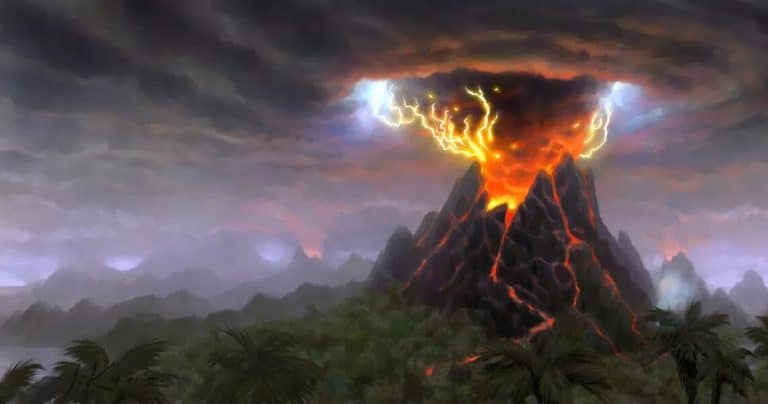
Blog
Invasive Species – The Benefits…
Author: Mike Clough
Date Posted: Friday 24th April 2015

0161 723 2000
8AM to 5PM

Author: Mike Clough
Date Posted: Friday 24th April 2015

If a volcano were to suddenly erupt and create a new island in the middle of the Pacific Ocean, this ‘new’ piece of land would have no indigenous flora and fauna. It stands to reason – the volcano would have pushed rock from deep beneath the earth’s surface upward and outward in a massive burst of energy.
Nothing could have survived within the depths of the earth’s crust at the high temperature and great pressures that would have been produced during the ‘event’. So what will have been produced would be a ‘virginal’ piece of rock with no life upon it.
We know that these momentous events have taken place throughout the history of the world so why aren’t there islands that consist of nothing but bare rock? Ok I know there are some pretty inhospitable pieces of land around the world but generally ….something is making a home there.
If ‘something’ begins to make a home in a new environment and succeeds – then by definition this must be an ‘invasive species’…? It has come into a new environment in which previously it wasn’t recorded and it has created a new home for itself.
When Captain Cook anchored off Easter Island in March 1774 he stated that … ‘ nature has been exceedingly sparing of favours to this spot’. Whilst Cook’s comment was undoubtedly true – one would have to put the statement into context – the nearest continent is South America 2,280 miles away and the nearest vegetated Pacific Island is 1000 miles. Plants and animals have through whatever means – managed to reach these remote islands without the help of man.
Not only have they managed to reach these remote new homes but often they have evolved dense tropical vegetation with unique groups of plants and animals.
In 1883 the island of Krakatau destroyed all life under a rain of hot volcanic ash in places more than a hundred feet deep – yet was recolonized by plants and animals from the nearest land – and after fifty years had already a rich and maturing jungle. By 1933 there were at least 720 species of insects and 30 resident birds plus a few species of reptiles and mammals. These species only had to cross from the adjacent lands of Java and Sumatra a mere twenty five miles over the sea.
Japanese Knotweed is often described as a ‘ruderal species’ – this means a species which is the first to colonise bare ground after an earth clearing event such as a volcano or a fire. Japanese Knotweed is adapted to these environments and is built to spread and reproduce as quickly as possible. It has an advantageous system of reproduction through propagules which enables it asexually – to out compete plants which typically require male and females to be able to reproduce.
The point I’m making here is that these ‘invasive species’ are not doing anything particularly aggressive on purpose….. They are simply doing what comes naturally to them – it is man who has imported these species to environments where they have become problematic.
Without these types of ‘invasive non-native’ species we would probably still be sitting around on bare bits of rock trying to catch a dinosaur to eat…?
It’s all about context!